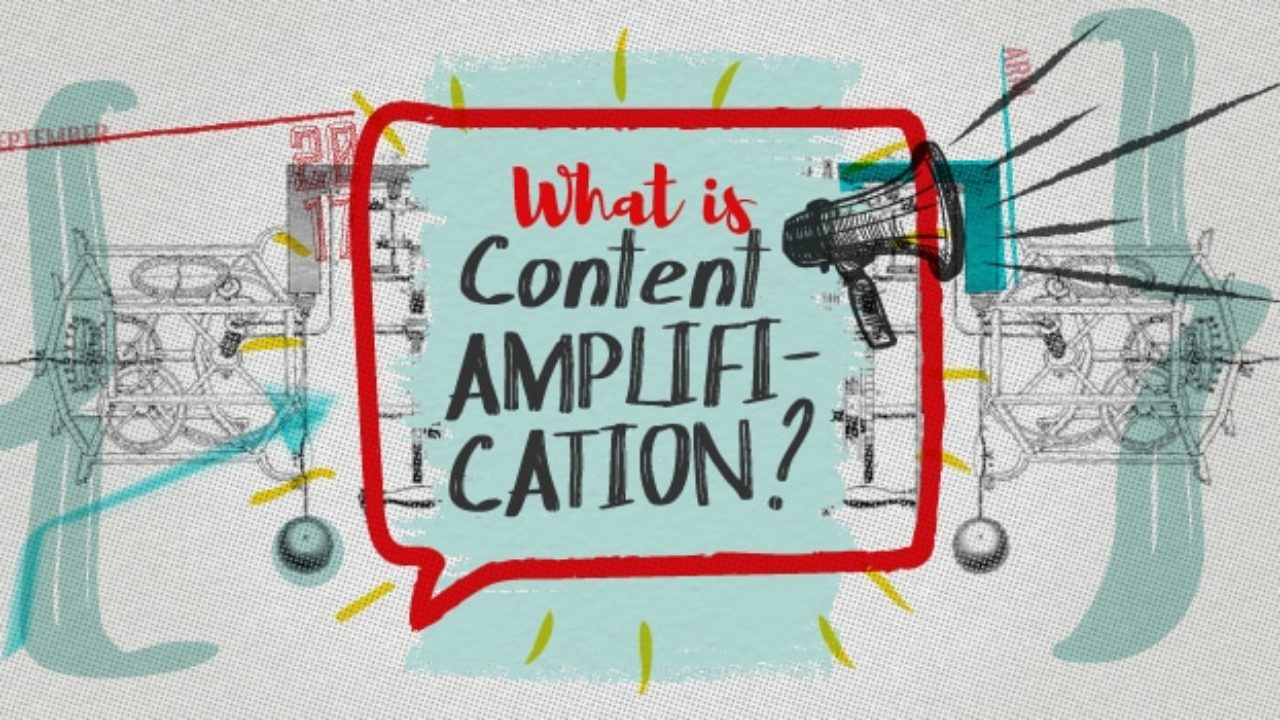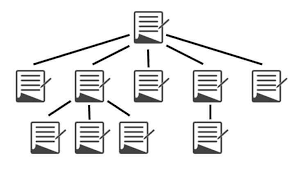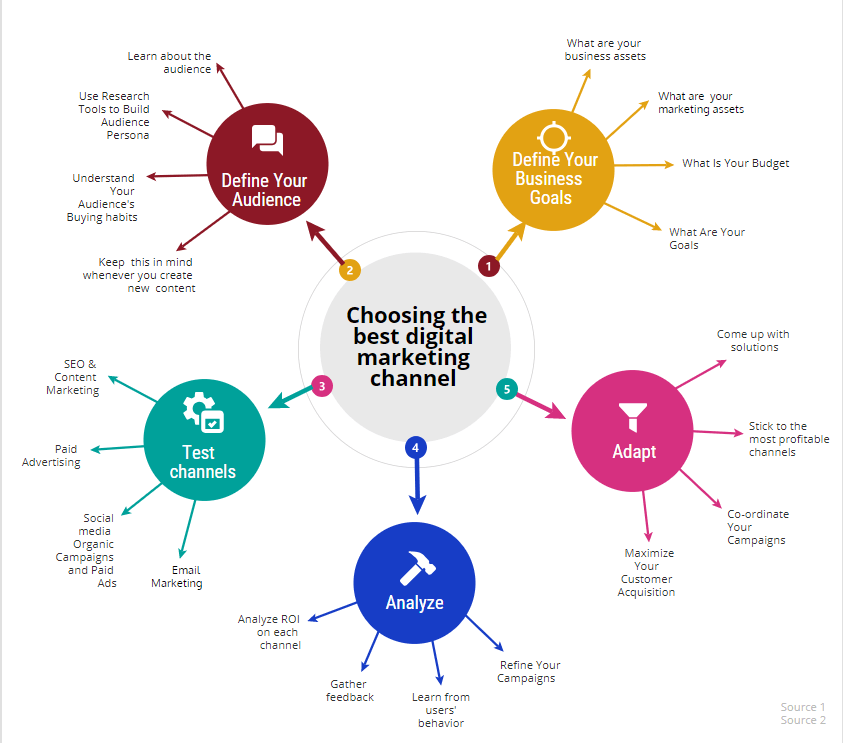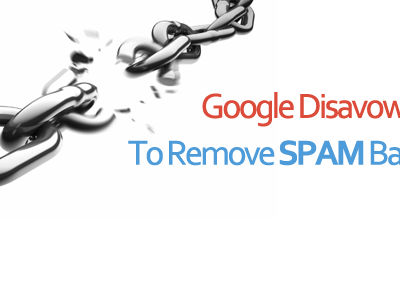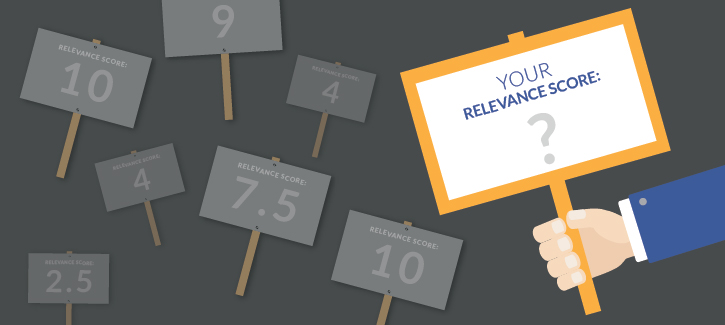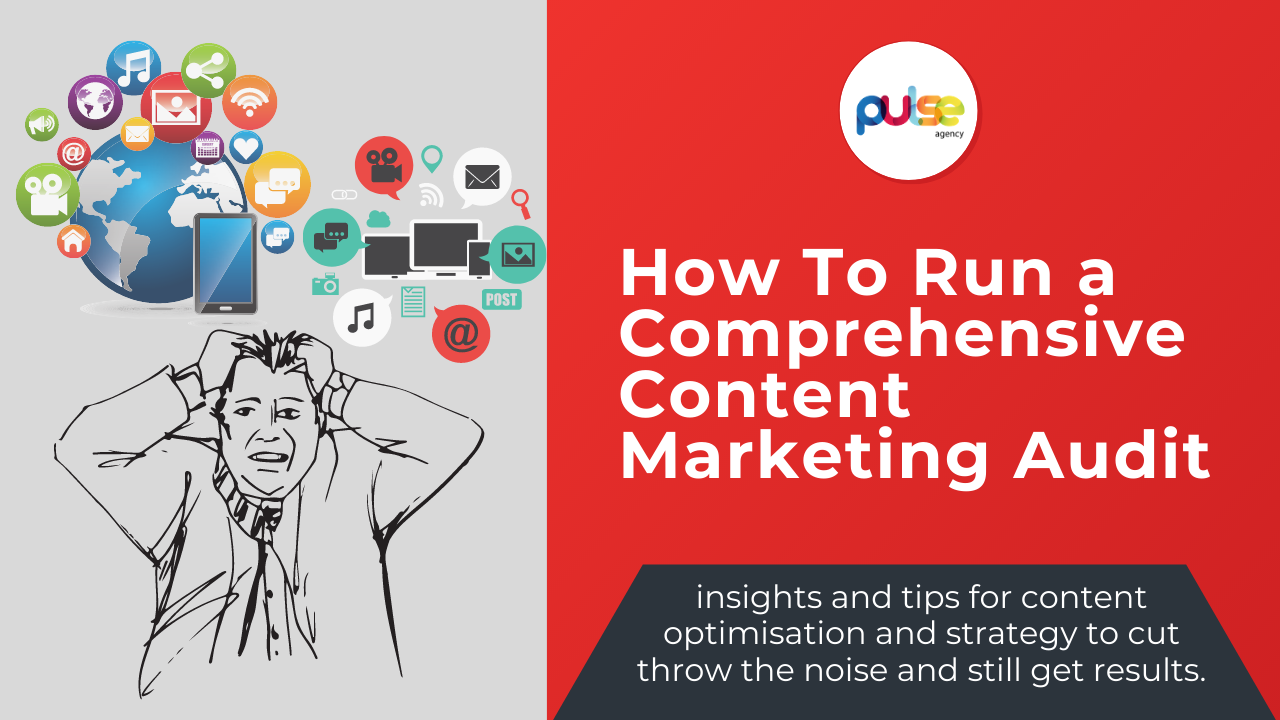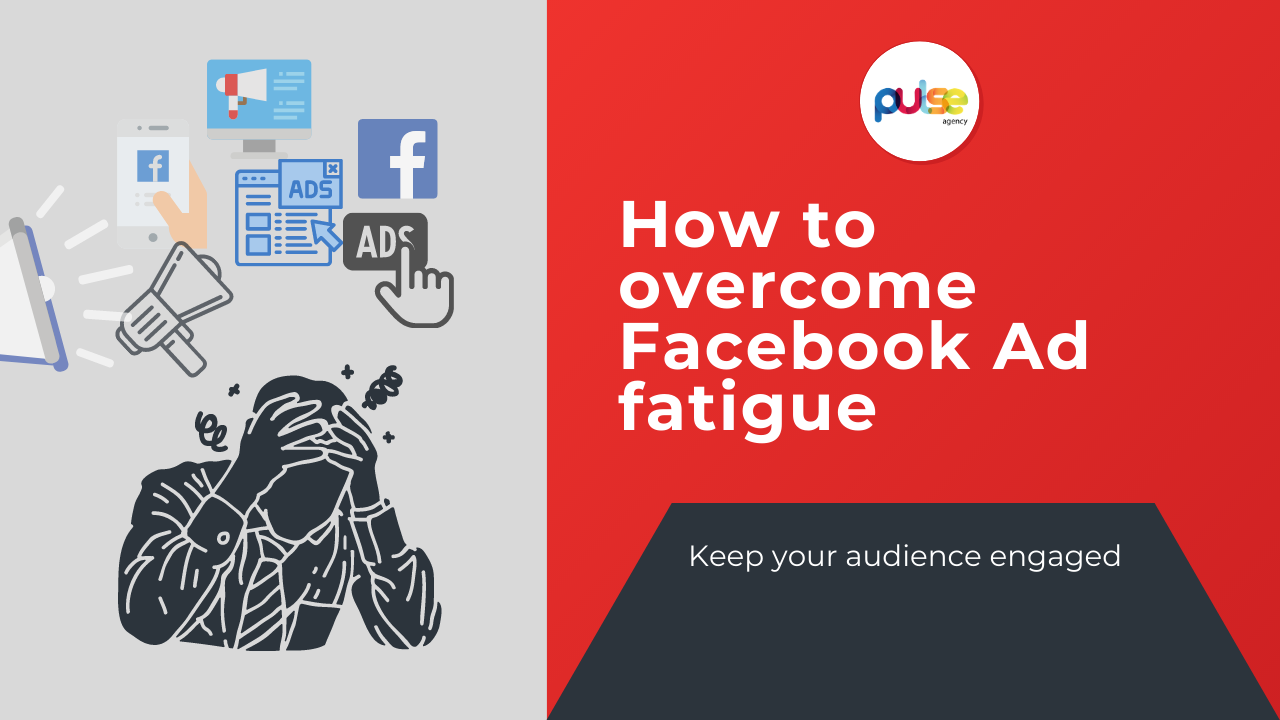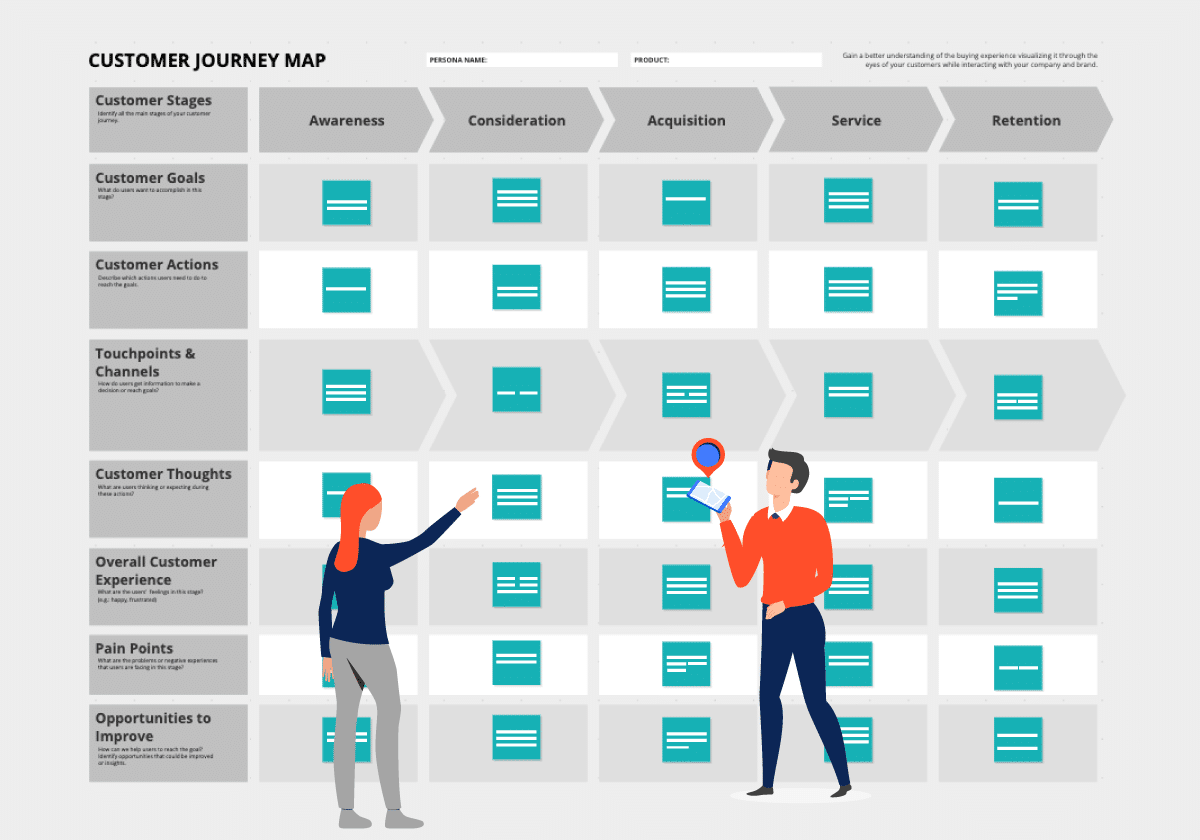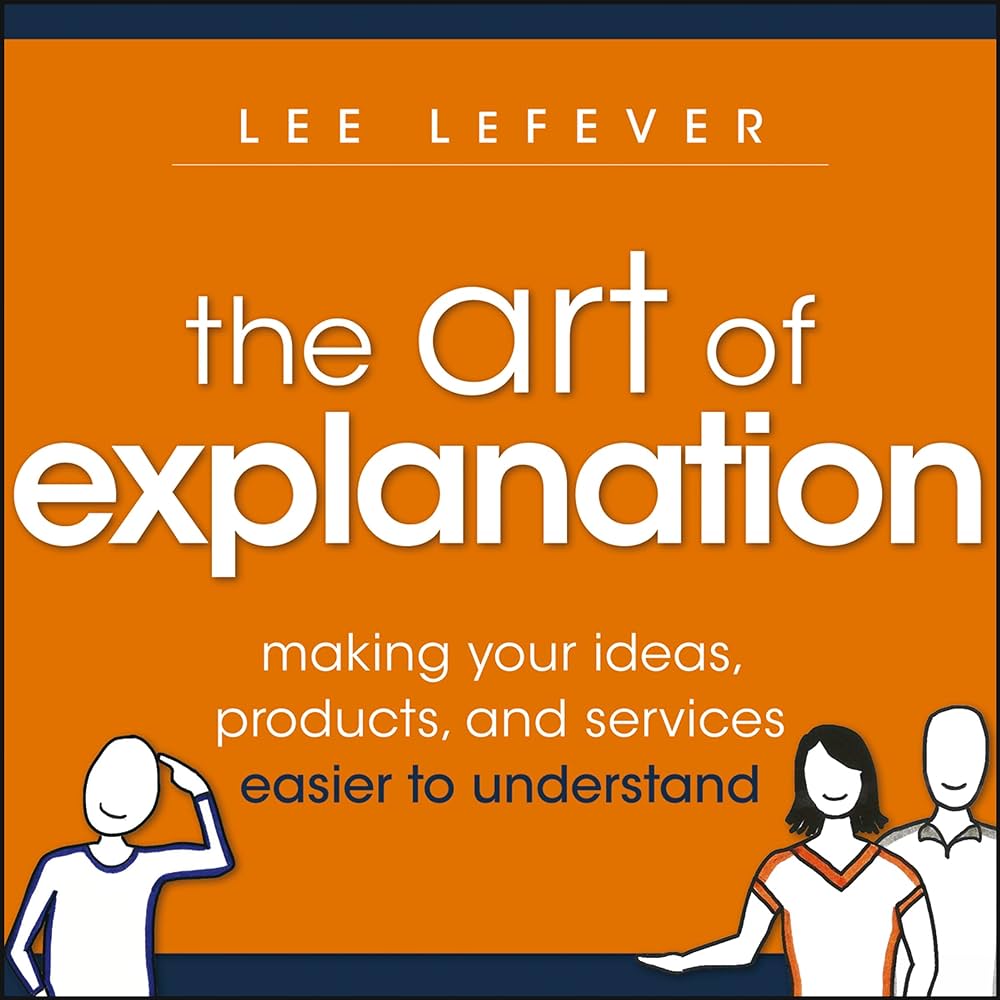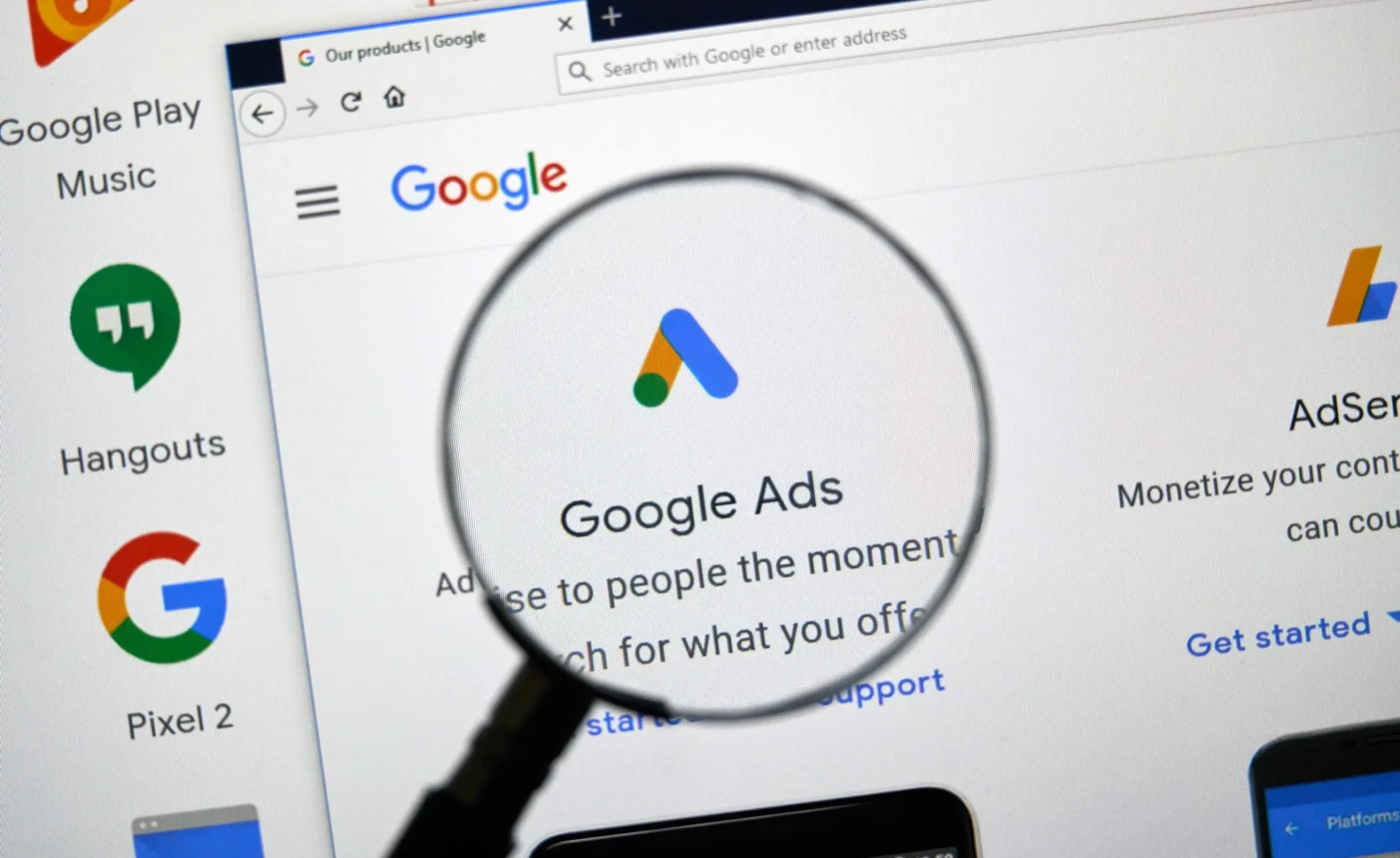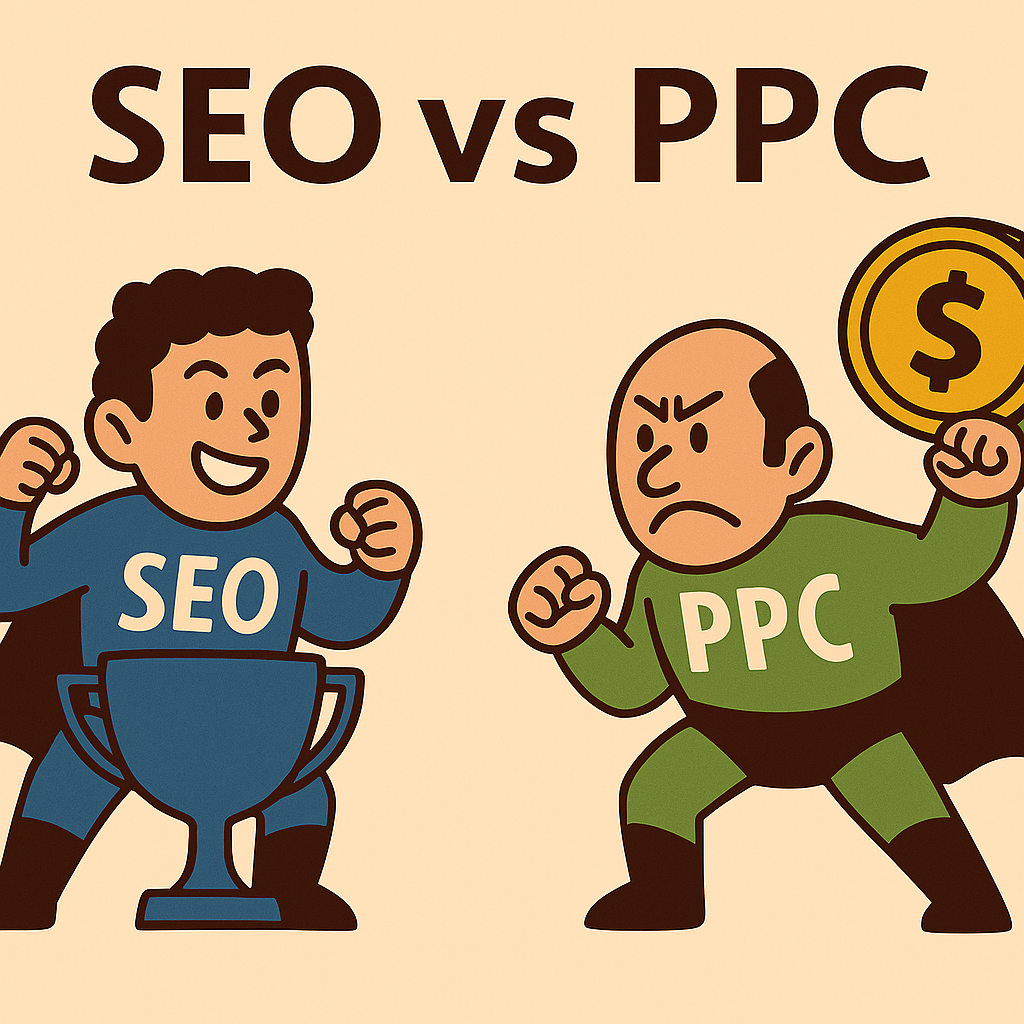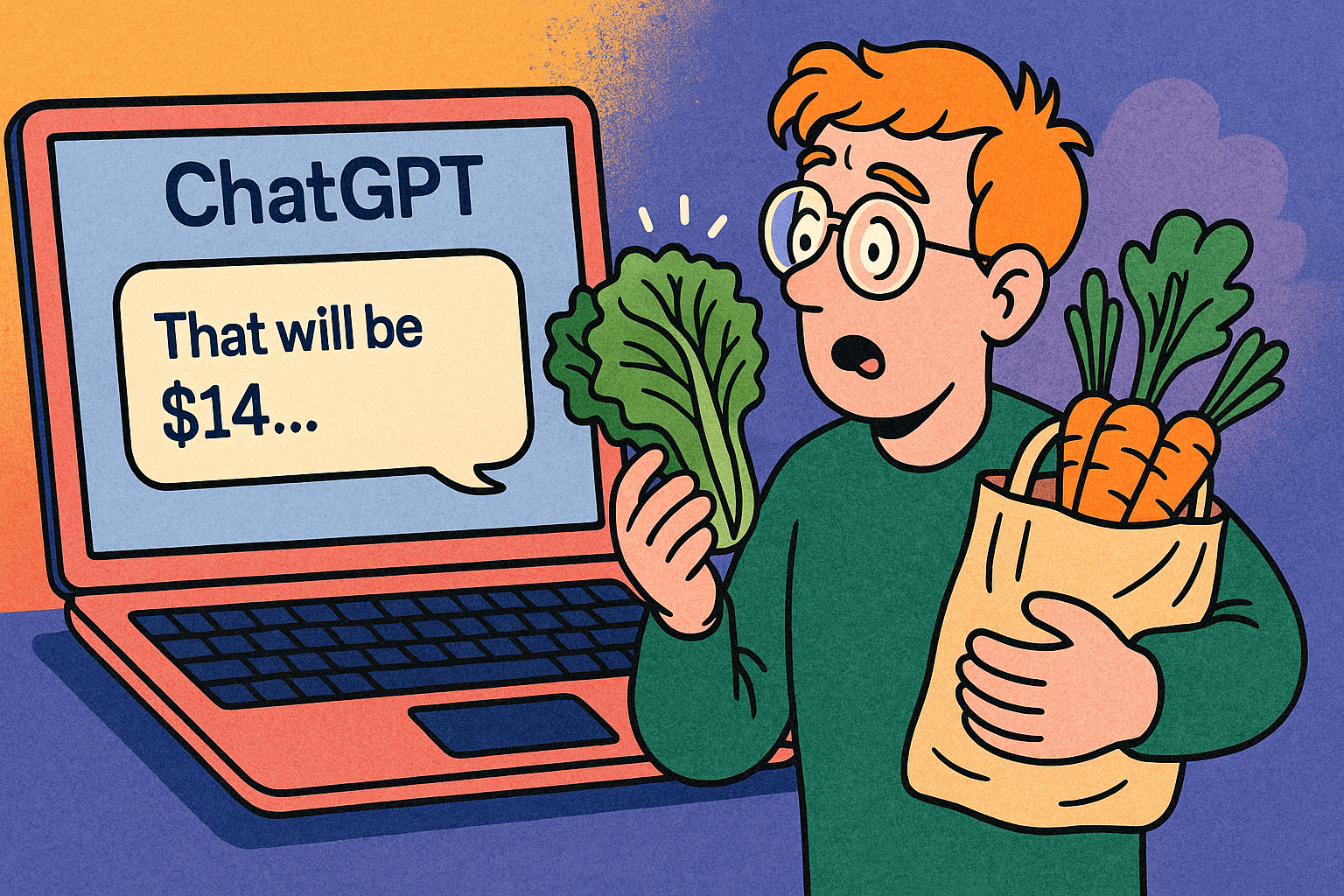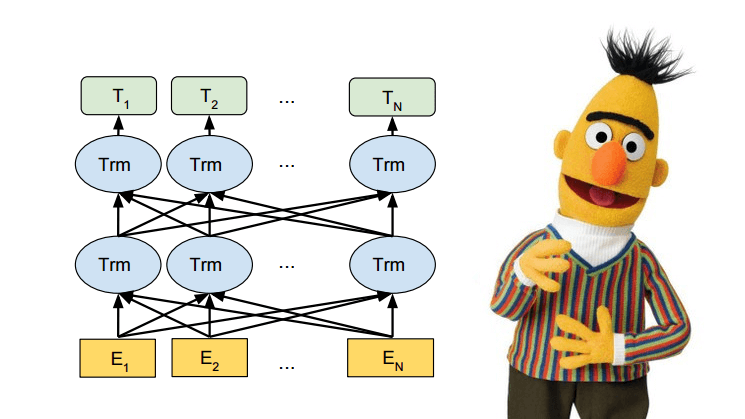
From Rankbrain to BERT, or the evolution in Search
Reading time: 8 minutes Article Summary: Google search has undergone substantial changes since the rollout of Bert, the latest technology developed by Google’s AI team. For digital marketers, BERT is a real challenge because, even though we reached some conclusions upon certain important factors to pay attention when optimising websites, there is still a lot […]
Reading time: 8 minutes
Article Summary: Google search has undergone substantial changes since the rollout of Bert, the latest technology developed by Google’s AI team. For digital marketers, BERT is a real challenge because, even though we reached some conclusions upon certain important factors to pay attention when optimising websites, there is still a lot to discover and test.
Table of Contents
From RankBrain to BERT: All You Need to Know About the Update
If you are a digital marketer, I am sure you are aware of the significant changes brought to Google Search by the introduction of BERT, Google Search’s most significant change since the introduction of RankBrain. The BERT update started rolling out on October 24th, 2019 and has impacted rankings for many English language queries.
For SEO specialists, BERT is a real challenge because, even though we reached some conclusions about certain essential factors to consider when optimising, there is still much to discover and test.
We know that staying in touch with all the news in the field may be difficult for a busy marketer. Since we have already read a lot of material on Bert and NLP, we would like to share our most exciting findings.
What Is Bert Update, and what is it used for?
We start by explaining what BERT stands for and how it functions. Bidirectional Encoder Representations from Transformers is Google’s neural network-based technique for natural language processing (NLP) pre-training. The AI-powered Google update was created and published in 2018 by Jacob Devlin and his colleagues from Google and is used to help machines better understand the nuance and context of words in search queries and better match the queries with valuable results. In short, if Google used to process words one-by-one in order, thanks to the new technology, Google processes texts as a whole, understanding context and the searcher’s intent behind search queries.
How Does BERT function?
According to Search algorithm patent expert Bill Slawski (@bill_slawski of @GoFishDigital), this is how BERT functions:
“Bert is a natural language processing pre-training approach that can be used on a large body of the text. It handles tasks such as named entity recognition, part of speech tagging, and question-answering, among other natural language processes. Bert helps Google understand natural language text from the Web.”
Bert vs Rank Brain
When Google introduced RankBrain in 2015, it had the same purpose as Bert: to improve users’ search intent and deliver more valuable results. RankBrain analyses users’ queries to understand the relationship between words and context. The Bert update complements the RankBrain algorithm but doesn’t replace it entirely. Google may decide how to interpret a specific query and apply one technique or the other, or sometimes even a combination of the two.
Here are some examples of query results before and after the algorithm change offered by Neil Patel:
![]()
![]()
The second result better matches the searcher’s intent. Bert’s result is more relevant in every example.
Why Is Bert Useful?
By applying BERT models to rankings and featured snippets in searches, Google can offer its users more helpful information. Regarding ranking results, BERT will help machines better understand one in 10 English language searches in the U.S. The algorithm will be extended to more languages and locales over time.
What is NLP (natural language processing)?
Natural language processing (NLP) is an AI-powered technology that helps computers understand human natural communication. The objective of NLP is to read, understand, and make sense of human languages in a valuable way. Most NLP techniques rely on machine learning to derive meaning from human languages. NLP is not a new feature offered by search engines. Still, Bert represents a breakthrough in NLP due to bidirectional training (instead of analysing ordered sequences of words, Bert analyses and trains language models based on an entire set of words in a sentence or query).
To sum up, NLP is the process of analysing and understanding the meaning of words and establishing relationships between them to interpret them more naturally.
Major components of NLP
A simple, clear sentence structure is the key to being well-well-optimised for NLP. To do a good SEO & content marketing job, you need to have a basic understanding of NLP’s core components:
Sentiment can be defined as the score of the sentiment (view or attitude) about entities in an article.
Named Entity Extraction: entities are generally people, places, and things (nouns). Entities can also include product names – typically, the words that trigger a Knowledge Graph.
Tokenisation is breaking a sentence into separate terms, while Parts-of-Speech Tagging classifies words by parts of speech.
Through grammar, Google can determine if words have different forms, and word dependency creates relationships between the words based on the grammar rules.
Subject Categorisation helps NLP classify text into subjects such as Arts and entertainment, Adults, beauty, Law and government, etc.
How to Optimise After Bert
In October 2019, Danny Sullivan, Google’s search engine liaison, tweeted that there was no specific way to optimize content for BERT (Bidirectional Encoder Representations from Transformers).
Neil Patel explained that BERT “primarily impacts top-of-the-funnel keywords, which are informational.” Many SEOs have observed that this update most affects long-tail keywords and conversational queries.
To maintain solid rankings and outperform competitors, it’s crucial to create highly specific content. While some SEOs may advise producing lengthy articles, the algorithms now prioritize content quality over quantity. Keyword density is no longer necessary since Google now focuses on the context in which keywords are used rather than how often they appear.
Using tools like Buzzsumo, Quora, or Reddit to discover new content ideas is beneficial, but the content must be highly specific to rank well. For instance, if you’re writing an article on “The best way to lose weight without diet or exercise,” you should focus exclusively on alternative weight loss methods without discussing any diets or exercises.
The most effective optimization strategy is to create high-quality content that directly addresses your target audience’s needs. Enhancing your website’s relevance can significantly improve its search rankings. In its October 24th, 2019, press release, Google described BERT as “the biggest leap forward in the past five years and one of the biggest in the history of Search.”
You don’t need to write a 5,000-word blog post covering 100 topics to outrank your competitors for a specific keyword. Crafting a unique, in-depth piece that thoroughly answers a searcher’s question and offers more value than competing content is more effective.
Additionally, addressing secondary topics within your blog posts is beneficial, particularly if the main keyword is broad. This approach allows you to incorporate related terms that naturally enhance the content’s relevance. However, if you optimise for a specific long-tail key phrase, it’s best to remain focused on the primary topic.
The structure and formatting of your content are also crucial for ranking. To help search engines better understand and index your content, use headings, subheadings, HTML tags, ordered lists, and an inverted pyramid structure.
Targeting featured snippets, improving content readability, conducting thorough topic research, and utilizing checklists and Q&As are effective content marketing strategies in the BERT era.
Even if your site experienced some traffic loss due to the BERT update, it’s not necessarily negative. If your bounce rate decreased and time on the page increased, it likely means that the visitors found precisely what they were searching for.
In conclusion, rather than viewing the new algorithm as a threat, we should focus on the opportunities BERT provides to create better, more comprehensive, and highly specific content that addresses the needs of our target audience.
In the following video, experts from Search Engine Journal explain in detail how BERT functions and what the implications are for marketers:
Also, find below an infographic explaining and summarising all of BERT’s main characteristics.






